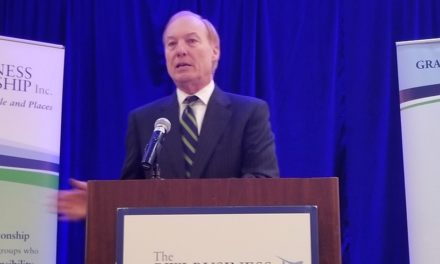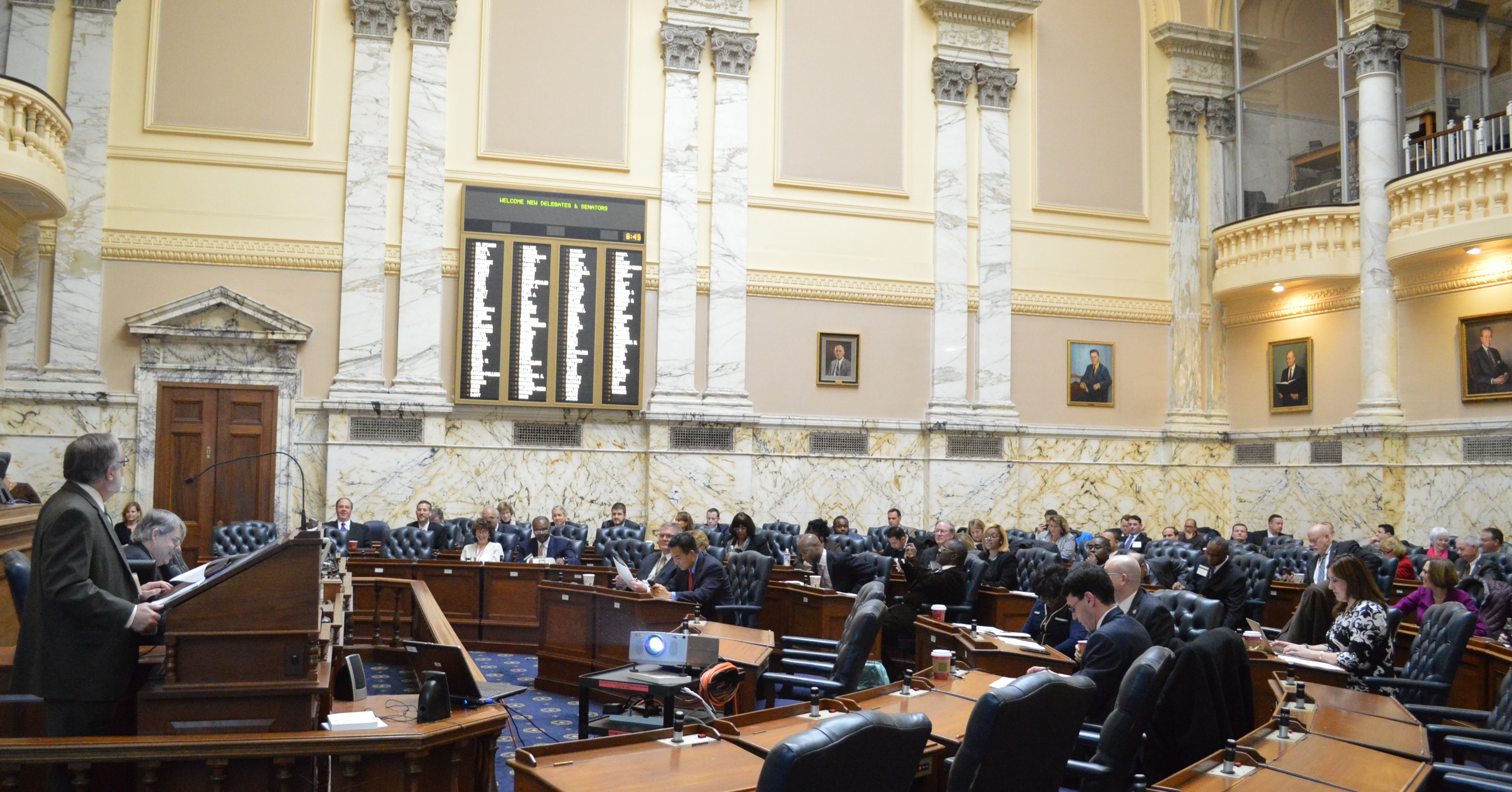By Barry Rascovar
For MarylandReporter.com
Maglev is back. So run for the hills.
A new coalition of political Influentials is lobbying for this ultra-expensive, ultra-high-speed rail system. How expensive?
Let’s start at $15 billion, or more, just for a magnetic levitation route, underground, from Washington to Baltimore — 39 miles. Yes, you could make the trip between the two cities in 15 minutes. Yes, it would transform commuting.Just imagine the ticket prices.
Maglev in Asia
In Shanghai, which has one of the only two commercially operating maglev routes in the world (the other is in Aichi, Japan), a one-way ticket from the airport to the outskirts of that mega-city costs a heavily subsidized $8.14 — and then you’ve got to catch a cab or light-rail train to downtown. That line is considered a flop.
Construction costs on a Washington-to-New York route could top $600 billion, but at least you’d be able to reach the Big Apple in an hour — about the same as a plane flight. It’s ridiculous pie-in-the-sky rambling from lobbyists looking for a gigantic federal handout that isn’t going to happen. We’ve heard this tune before.
Past and future maglev plans
The Abell Foundation was a big maglev booster, proposing a line from Camden Yards to Union Station at a cost of $5.1 billion (in 2007 dollars). That plan went nowhere in the halls of Congress.
Japan is eager to tout a maglev line in the U.S. for the Northeast Corridor.
Its government is building a $100 billion long-distance maglev route over the next 15 years from Tokyo to Osaka. This could turn into a white elephant unless Japan persuades other countries to build similar lines that would bring down construction costs.
Maglev in Japan
There’s no doubt maglev would be beneficial. Its trains are propelled by superconducting magnets, thus reducing friction and allowing for super-high speeds of up to 300-plus miles an hour.
There’s virtually no noise. Trains can operates in all kinds of weather. But, oh, the price tag.
Amtrak wants to build its own high-speed train route from D.C. to the Big Apple. Travel time would be 94 minutes. All it would cost is $151 billion.
Given this country’s historic parsimony toward mass transit, neither Amtrak’s plans nor the maglev group’s plans are going to get traction in Washington.
A private-sector solution
Only through private-sector development will maglev happen in the U.S. of A. Is there an Elon Musk * out there eager to put up a dozen or so billion dollars to build a magnetic levitation route?
Quick: Call Bill Gates, Warren Buffett or Google co-founder (and University of Maryland alum) Sergei Brin. * * That’s the only way this pipe dream is ever going to turn into an American reality.
# # #
* Billionaire refresher 1: Elon Musk is founder of Pay Pal, Tesla Motors (electric cars) and Space X, (space-launch vehicles). Net worth: $6.4 billion. He’s also working on a “hyperloop” — a subsonic air travel machine in a partial vacuum that would operate between the outskirts of Los Angeles and San Francisco. Cost: $6 billion.
* * Billionaire refresher 2: Bill Gates (net worth: $72 billion), Warren Buffett (net worth: $59 billion), Sergei Brin (net worth: $25 billion).
More columns by Barry Rascovar can be found at www.politicalmaryland.com






Barry, maglev is coming globally — Gates and Buffett are buying up the railroad ‘right of ways’ to cash
in on the future global dual mode maglev system I suggested to US DOT back in early sixties. Some are
trying to play it down and keep us guessing while they’ll try for a grab. It’s too late all the UN Members
were notified in 1970s. It will be owned by all Nations proportionally to their usage of the global system.
It’s on the internet. Jack Marchand
Mr. Rascovar fails to mention S. Korea’s Incheon Airport maglev which is about to commence operation. Opponents of progress love to exaggerate when it comes to costs. The first segment of Central Japan Railway’s, 180 miles between Tokyo and Nagoya, is estimated to cost 5 trillion yen ($49 billion). 86% of this line in in tunnel, which is a far greater proportion than would be required for the flat terrain between Washington and New York City. Eliminating the cost of mountain tunneling and the deep underground tunneling required in the vicinity of cities required by Japan’s deep land ownership laws, the cost in Japanese terms is more like $30B. Incidentally CJR is an exclusively passenger railroad. It will build the infrastructure and rolling stock at its own expense out of its revenues, with no government assistance. What is more, the superconducting maglev line is presently under construction, 42 km having been completed.
As the maglev in Shanghai (which is German Transrapid technology) proves, there is no need whatsoever to build a maglev in tunnels. The fact that the newly proposed DC to NYC line wants to do that is the major reason for the high cost (tunneling is extremely expensive). The second reason for the high cost is that they propose using the Japanese JR Maglev technology, which is more complicated and more expensive than the German equivavalent. Furthermore since finishing construction on the Shanghai line, both the construction costs of the track as well as the efficiency of the train (commercial operating speed at 505km/h = 313mph) has been improved considerably, making them both equal in cost to any other high speed train (steel wheel on steel track). If the DC to NYC maglev line would use above ground Transrapid tech the cost would be much lower.
MORE INFO: http://www.transrapid.de/cgi/en/basics.prg?session=55e50e26529dd0e3_571350&&r_index=2
Time for a new calculator. Construction costs on a Washington-to-New York route will never top $600 billion.